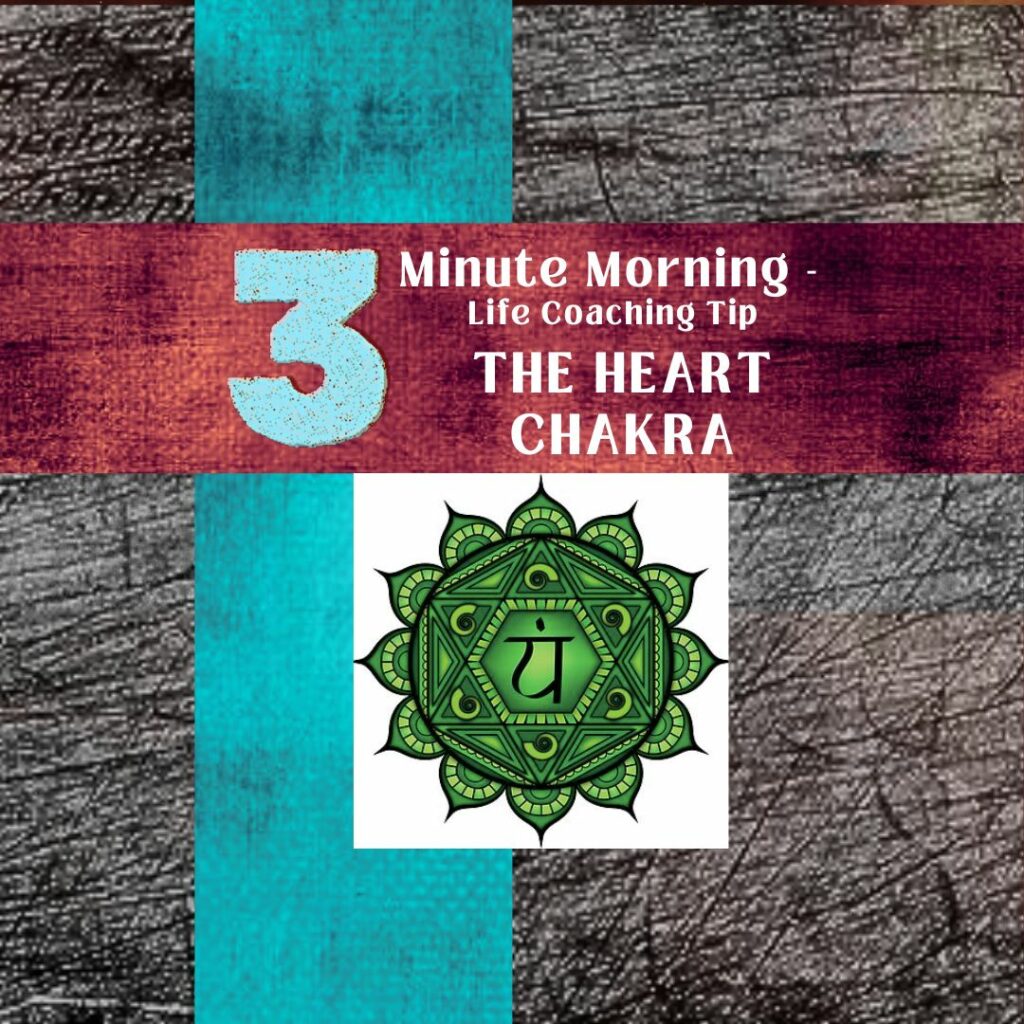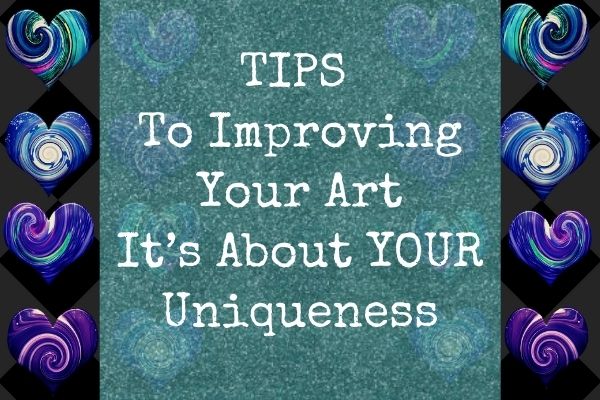What Is The OARS Method?
The OARS method is a common way for motivational interviewers to ask questions and provide feedback. OARS stands for open-ended questions, affirming, reflective listening and summarizing, and the technique encourages you to think about your feelings regarding your work openly and honestly.
It also allows the interviewer to help you navigate a problem you’re struggling with.
They ask questions about your situation that help you imagine potential outcomes and remember what sparks you to feel positive and motivated about your work.
O.A.R.S. is a skills-based model of interactive techniques adapted from a clientcentered approach, using motivational interviewing principles.
These skill-based techniques include verbal and non-verbal responses and behaviors. Both verbal and non-verbal techniques need to be adapted to be culturally sensitive and appropriate.
The OARS Model includes four basic skills:
- O = Open Questions
- A = Affirmations
- R = Reflective Listening
- S = Summarizing
So what is the purpose of referring to the OARS model?
Artists, writers and creative types are often shy and reserved people – not always – but many are.
It’s vital that you want to make a living from your artwork, you must learn good communication skills.
1) The OARS method provides us with a common “template” when using our communication skills.
2) The OARS method can act as an ongoing ‘checklist’ of skills so that we can use self-assessment to learn and improve.
3) The OARS method gives us a way to be intentional and relatable when dealing clients which ultimately leads to more sales.
Using skills intentionally helps us become more efficient in the work that we do.
So let’s dive into the OARS method head first and example what each phase really means…
O = OPEN QUESTIONS
As a professional, one of the most important skills (techniques) you will use with clients is open ended questions. Using this skill effectively can save a lot of time in each client session.
When you use open questions effectively, your client is usually doing most of the talking. Additionally, closed questions are sometimes appropriate.
The purpose of using open questions is to:
- Establish a safe environment, and build trusting and respectful relationship.
- Explore, clarify and gain an understanding of your client’s world.
- Learn about the client’s past experience, feelings, thoughts, beliefs, and behaviors
- Gather information – client does most of the talking.
- Help the client make an informed decision.
Using Who, What, How and Where questions tend to be better than Why quetions.
Why?
Because it can put someone on the defensive. It depends on the topic and situation, of course, but in general why questions should be used sparingly.
A = AFFIRMATIONS
The skill (technique) that is often forgotten in effective communication is using a simple affirmation statement to a client about what he or she has already done, or a personal strength, or ability.
This isn’t shmoozing or lying or being disingenuous. It’s genuine acknowledgement of someone else’s character and/or ability.
An affirmation takes very little time, but it does require that you listen very carefully to what a person/client is telling you and find opportunities to acknowledge the positive aspects of their life.
Using affirmative statements builds rapport, demonstrate empathy, and allows for some exploration into the potential client’s world; their thought process.
It also affirms the ability that we are all responsible for our own decisions and lives. Which connects people in a way that is equitable and garners respect from both sides.
R = REFLECTIVE LISTENING
For some people, the most challenging part of the OARS method is to listen reflectively.
This skill requires that you listen very carefully, observe your client’s body language and behavior and reflect using your own words and perceptions.
Using this skill effectively promotes the most movement in the persons’s/client’s awareness.
The purpose of using reflective listening is to:
Demonstrate to the person that you are listening and trying to understand his situation
Reflect the person’s thoughts, feelings and behaviors
Reflect the person’s general experiences and create a genuine human connection
The following are types of reflective listening:
1. Simple reflection (repeat the person’s words)
2. Reflecting feelings (reflect what the person might be feeling)
3. Reflecting behavior (state observation about the person’s behavior) A format for reflecting behavior might be, “I noticed you just _____.” “What are you thinking?”-or- “What are you feeling right now?”
4. Amplified reflection (rephrase the client’s words – exaggerated)
5. Double-sided reflection (person’s words + note ambivalence – and point out discrepancy)
6. Shifting focus (going back to something else or changing the direction)
7. Rolling with resistance (accept the client’s perception)
8. Reframing (invite client to examine his/her perception in a new way)
S = SUMMARIZING
Summarizing, which can be considered paraphrasing to a certain extent, is the skill that will help the speakers move through a conversation to transitions & closure.
Summarizing can be demonstrated in three (3) variations:
1. A collective summary—“So let me see if I understand what we’ve talked about so far.”
2. A linking summary—“Ok, so maybe now we can talk about how we can make this work…..”
3. A transitional summary—“So you here’s my information or you can give me your card and we can set up a time to go over some samples…”
Summarizing skills keep you and your potential client ―on the same page throughout your session.
In addition, summarizing the session will help you close your session with your prospect’s plan of action.
Check out these Creative Warrior Blog Posts…
Explore Spontaneous Crazy time Creativity
Try this one on Chapter 1 of ‘Invisible’ by James Patterson’s
Check out this poem… ‘Secrets Behind The Stone Wall’










